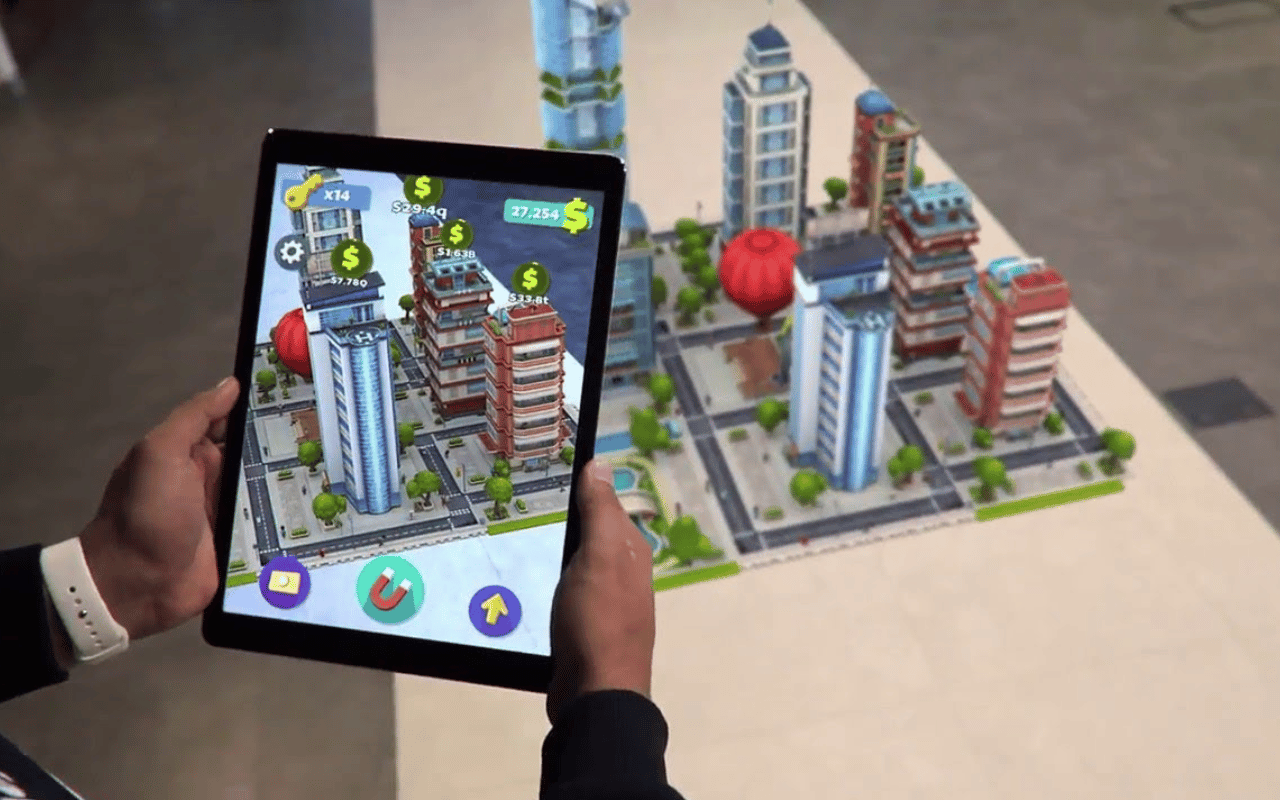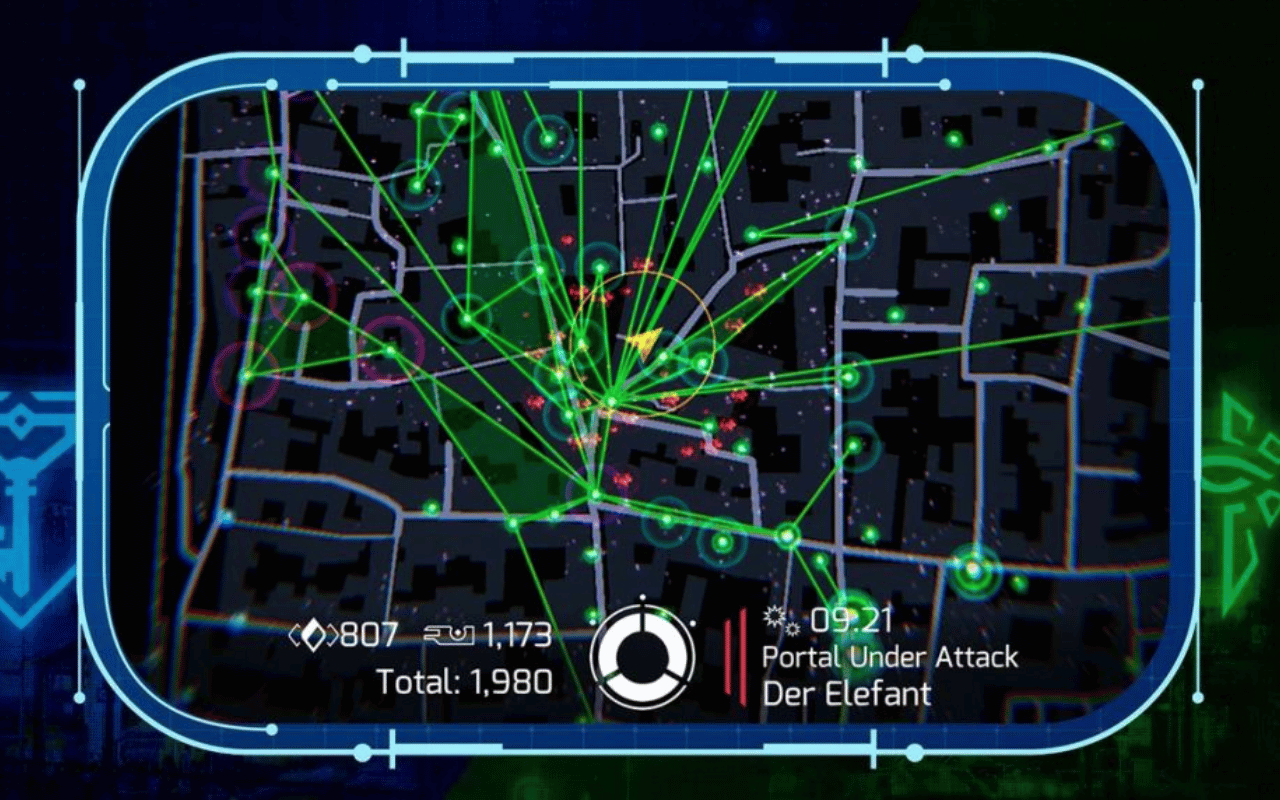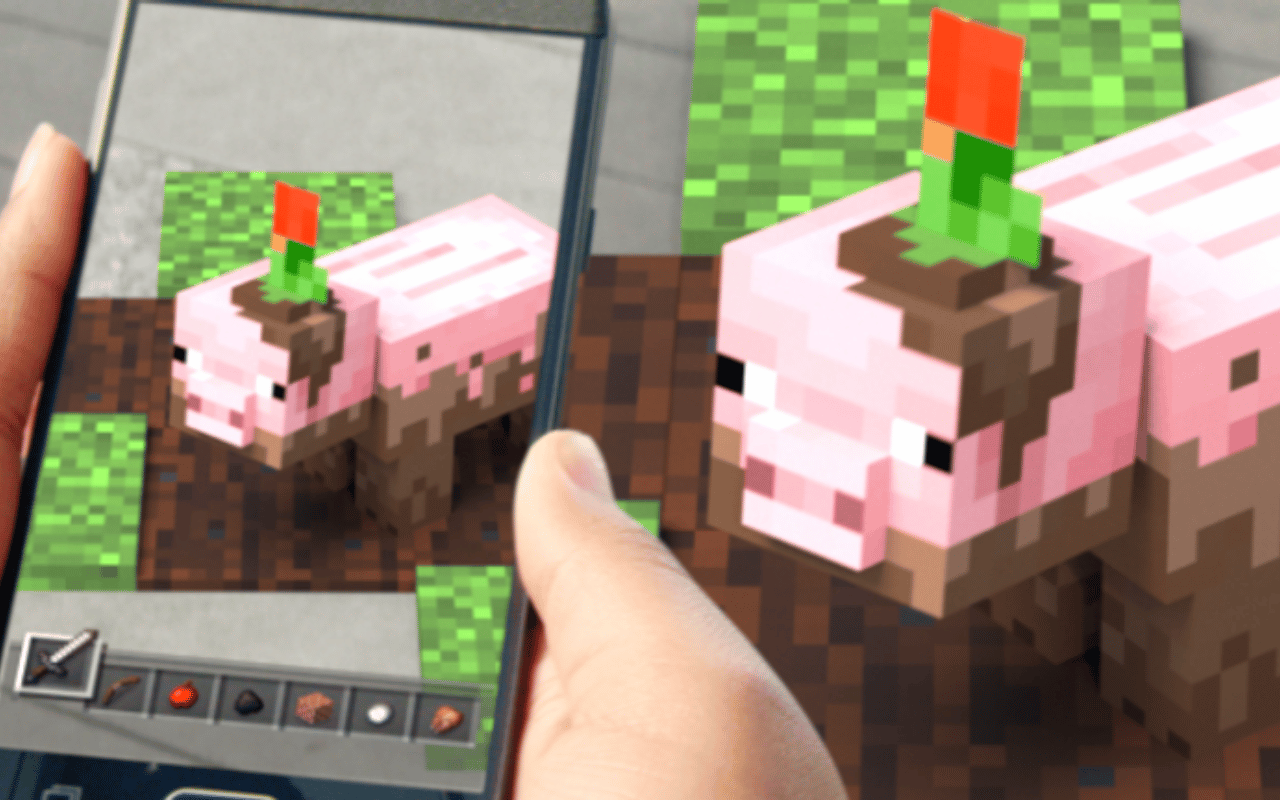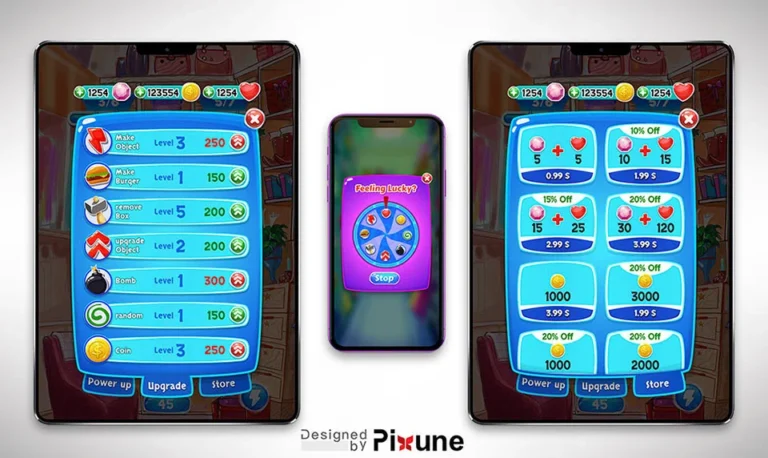AR, which stands for augmented reality, is transforming gaming by seamlessly blending digital elements into the real world for more immersive and interactive experiences. With AR-enabled mobile devices and apps, players can battle virtual enemies in real settings, discover hidden creatures all around them, and see gaming environments overlayed on top of their actual surroundings.
Let’s explore what defines AR, the hardware and software fueling it, innovative genres and gameplay modes it unlocks, platforms allowing AR activation, leading apps pioneering the technology, and why this rapidly emerging medium promises to embed gaming even deeper into everyday life.
What Is the AR Definition?
Augmented reality refers to technology that overlays computer-generated imagery, audio, and other sensory input onto real-world environments to enhance and expand real-time perception and interaction. Unlike fully virtual environments, AR supplements reality rather than replacing it.
Through mobile devices, AR layers dynamic digital visuals, sounds, and tactile feedback seamlessly into the natural landscape, blending the physical and virtual together. This creates hybrid environments with amplified information and interactivity.
In the gaming industry, the real world becomes the arena and canvas upon which to build interactive narratives, battles, and challenges, interleaving real life with imaginative digital gameplay.

Demystifying the Magic of AR Gaming
What seems like an effortless integration of virtual graphics and information into tangible spaces involves sophisticated hardware and software working in tandem.
At the core, AR gaming apps utilize a mobile device’s camera, display screen, sensors, GPS, and internet connectivity to determine position, environment and overlay contextual digital content.
The camera visually scans surroundings in real-time, sensors detect orientation and motion, while GPS provides location coordinates. This environmental data gets processed by apps determining where and how to insert VR elements to align with the identified backdrop and perspective.
The software then renders the appropriate game art, visuals, animations, and sounds to match the context, which gets presented on the display screen layered on top of live camera footage. Users see an enhanced real-world setting instead of blank graphics. The technology keeps the digital imagery dynamically oriented to the changing environment as they move.
What Is the AR Hardware and Software?
The versatile technology powering AR gaming includes:
Mobile Devices
Smartphones and tablets contain all the technologies above, like cameras, GPS, motion sensors, and the internet, essential for on-the-go dynamic AR interactivity.
Depth Sensors
LIDAR and infrared sensors measure surrounding distances in detail to achieve more precise integrations of virtual objects in relation to real environments, improving realism.
Game Engines
Game engines like Unity and Unreal Engine assist developers in efficiently programming AR apps by handling core functionality needed to track locations, model environments, and seamlessly blend graphics.

AR Game Genres and Gameplay
Together these concepts guided by emergent technology demonstrate how AR can enhance gameplay experiences by integrating virtual elements overlaid onto tangible spaces and settings for exploration and challenges. Blending real life with digital gaming via AR unlocks unique hybrid game genres and modes, including:
Geospatial Games
Location-based games utilize GPS and maps to overlay gameplay onto neighborhoods, cities, and landscapes. Players traverse territories battling virtual enemies and collecting items.
Hidden Object Games
Apps conceal virtual items like creatures and portals within actual locations for players to discover using their device’s camera and display. The real world hides the virtual.
Multisurface Environments
AR allows game visuals and information to be projected onto walls, tables, floors expanding environments, and surfaces for interactive play.
AR Gaming Platforms
With mobile devices being so ubiquitous, AR gaming boasts highly accessible integration into daily life through apps innovating ways to digitally expand our reality.
For typical consumers, AR gaming is currently available on:
Smartphones and Tablets
Apps downloaded from Google Play and Apple App Store allow location-based and camera-driven AR gameplay. All that’s needed are the mobile devices most people carry.
Wearable Displays
Smart glasses with transparent lenses are emerging, allowing hands-free AR overlay visibility. But availability is still limited.
Console Integration
Some consoles like Nintendo Switch offer AR modes using the tablet-like controller to present blended gaming spaces for titles like Pokémon Go initially built for mobile.

Notable AR Gaming Apps
Creative developers are releasing apps utilizing AR technologies to overlay innovative gaming onto the physical world. These apps demonstrate how AR can layer interactive gameplay onto tangible environments for unprecedented gaming integration with the real world.
Some leading examples include:
Players explore real-world locations searching for virtual Pokémon to collect and battle, leveraging maps and phone cameras to integrate gameplay into natural settings.
The iconic sandbox construction game translates its building and adventuring gameplay into outdoor public spaces using location-based AR technology.
Niantic’s original geospatial app casts opposing factions in a massive multiplayer capture-the-flag competition overlaying the virtual sci-fi contest onto roads and landmarks.
Choosing Your AR Gaming Platform
For consumers looking to delve into cutting-edge AR gameplay, some key considerations for compatible hardware include:
Display Quality: Bright, high-resolution screens facilitate clearly viewing virtual graphics overlayed onto real environments crucial for hybridizing reality.
Camera Capabilities: Quick focus speeds, frame rates, and sensor resolutions enhance the precision of analyzing environments to seamlessly align inserted AR elements.
Processor Performance: Powerful chipsets ensure low latency readings of locations and motion, plus rapid rendering of responsive imagery and fluid gameplay.
With criteria optimized for dynamic mixed reality functionality rather than standalone virtual entry, evaluating options using these measures helps select devices ready to fulfill AR’s promise.

The Future of Reality-Defying Play
By eclipsing real world sights with precisely aligned virtual imagery and interaction, AR glasses promise to fully integrate gaming into any setting through just a glance. Even early iterations feel utterly futuristic, continuing rapid momentum towards that reality-bending horizon.
Yet already with ubiquitous mobile devices, AR gameplay amazes by interweaving the digital and concrete, delivering expeditions to publically off-limits places, contests amongst neighborhood monuments, and companionship of fantastical creatures resting in the palm of your hand.
Conclusion
Through collaborative strides in mobile hardware, sensors, and software development, AR technology is steadily refining its ability to harmoniously composite the physical and virtual. This mixed reality that enhances rather than escapes our world offers an exciting frontier ready for mainstream gaming adoption today. Just download, explore the overlayed possibilities all around you, and lose yourself in experiencing the ordinary made extraordinary thanks to AR.









